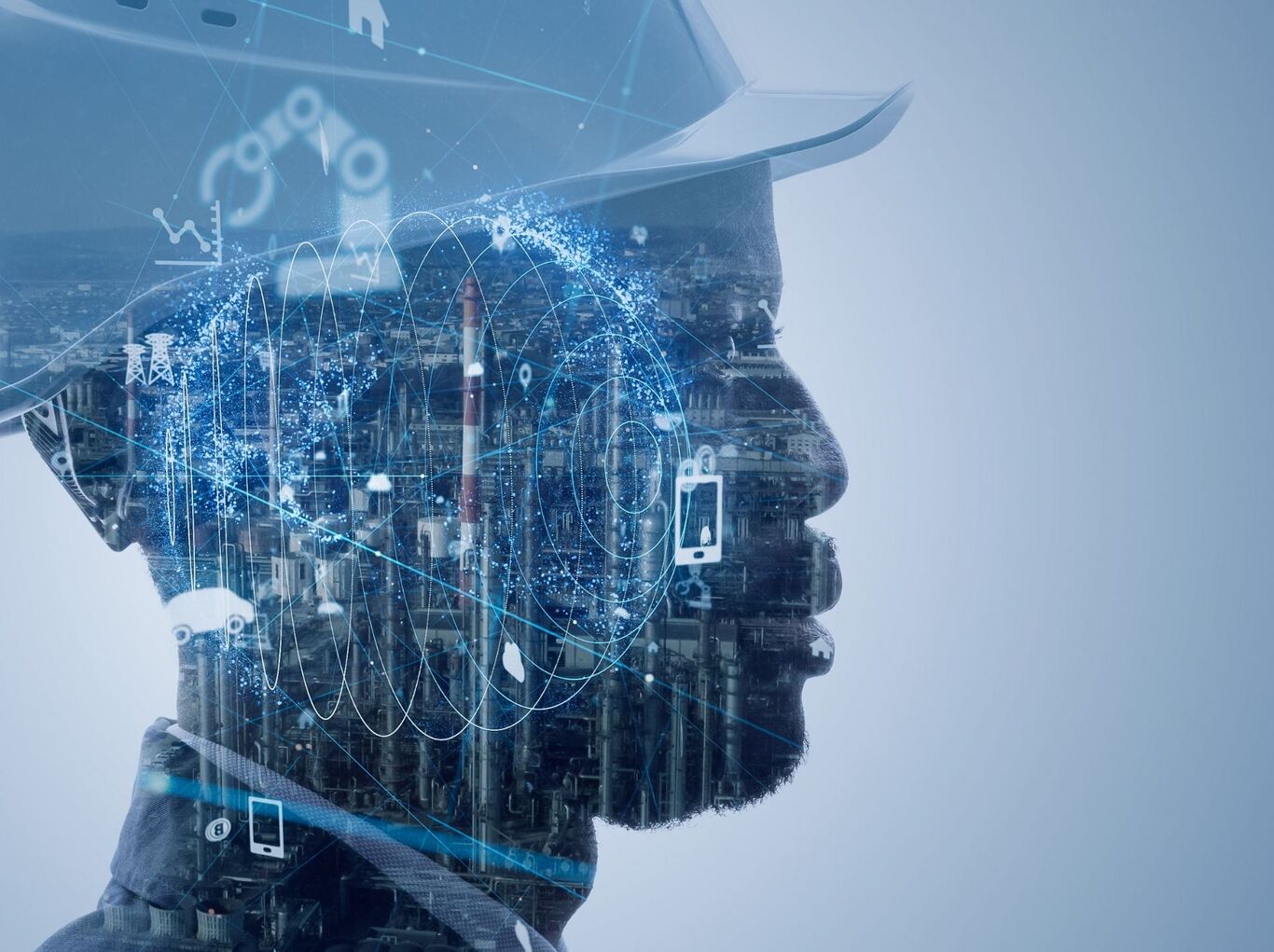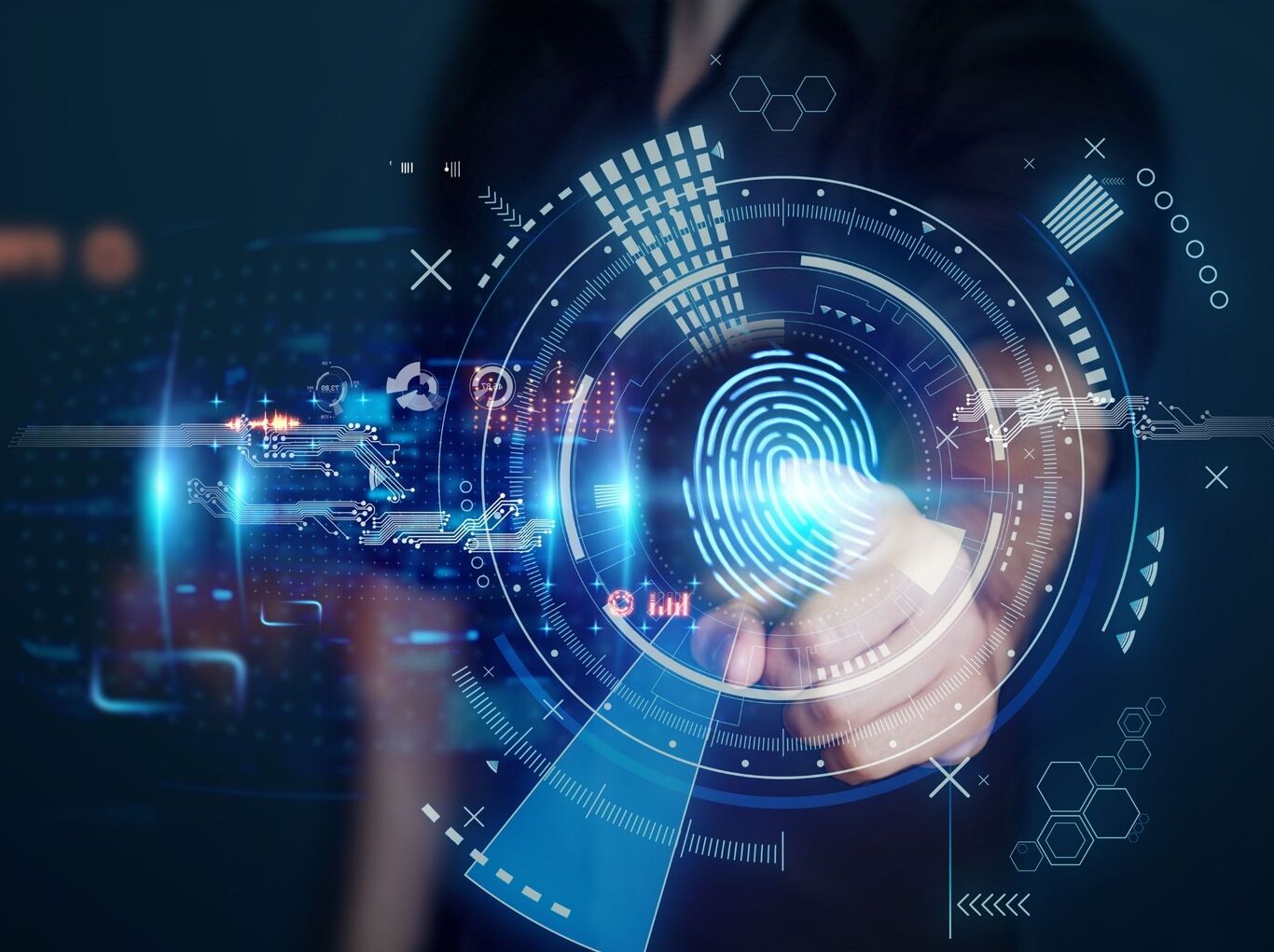Quick Commerce Explained: The Future of Instant Gratification in Shopping

Imagine needing groceries, a birthday gift, or a last-minute party essential. You can have them delivered to your door in minutes now. This isn't a dream; it's quick commerce.
The rise of this commerce service shows a shift in consumer expectations. Shoppers today demand immediate access to products. This change comes from technology and a deeper understanding of consumer behaviour.
As cities grow and life gets busier, the demand for quick commerce will increase. This blog explores quick commerce and its impact on shopping experiences. It focuses on how quick commerce caters to customers' instant gratification.
Understanding Quick Commerce
Quick commerce is the next step in retail. Unlike traditional e-commerce, it uses local warehouses and fast delivery. Popular items are nearby and always kept ready for fast delivery shopping. This rapid delivery responds to the changing consumer landscape.
Modern consumers today prioritise speed and convenience. It changes how they view and use retail services. Quick commerce makes shopping almost as instant as visiting a store.
It extends beyond food delivery to include a wide range of consumer goods. This kind of commerce uses local warehousing and advanced logistics.
The Evolution from E-Commerce
Quick commerce came from traditional e-commerce because people wanted faster delivery. E-commerce brought many products online, but delivery times are often disappointing.
This kind of commerce bridges this gap with delivery within minutes. This evolution is fuelled by technology like real-time data analytics and sophisticated logistics.
Consumer habits are changing. People now expect instant results. This drives the shift to quick commerce. It combines e-commerce variety with retail speed.
The Rise of On-Demand Delivery Services
Quick commerce relies on on-demand delivery networks. These now deliver more than just food. They're crucial in busy cities. Fast delivery is highly valued there.
Companies like Getir and Delivery Hero promise delivery in 10 to 30 minutes. They use local warehouses and efficient logistics. These services cater to various needs, from groceries to electronics.
This makes them indispensable in urban settings. Their efficiency relies on local warehouses, often called dark stores. Their efficiency also relies on the delivery drivers navigating city traffic. This model enhances the shopping experience by reducing waiting times.
Examples of Quick Commerce Services
The fast delivery shopping experiences by quick commerce has revolutionised the retail market. Here are a few global and Indian quick commerce services:
Getir
Founded in Turkey, Getir has revolutionised such commerce by promising delivery within minutes. It works using city warehouses, so many products are ready for quick delivery. Getir’s success is built on meeting consumer expectations for speed and reliability.
Delivery Hero
Known for ultra-fast delivery times, Delivery Hero sets industry benchmarks. It leverages advanced logistics and local warehousing for quick, efficient delivery. Delivery Hero is a critical player in such a commerce-centric market. It does so by focusing on speed and customer satisfaction. It pushes boundaries in rapid delivery.
BlinkIt
An Indian quick commerce service, BlinkIt promises deliveries within 10 minutes. It operates through marketing digital e-commerce strategically located dark stores in urban areas. BlinkIt focuses on offering a variety of daily essentials and groceries. It assures fast and reliable service to meet the needs of today's consumers.
Zepto
Zepto is an Indian quick commerce service. It's known for ultra-fast deliveries. It promises groceries and essentials in under 10 minutes.
Zepto uses advanced logistics. It has a network of micro-warehouses. This ensures products are always ready for immediate delivery.
The Technology Driving Quick Commerce
Quick commerce uses real-time data analytics artificial intelligence, and optimised route planning. These make the delivery process fast, efficient, and reliable. Real-time data analytics predict consumer behaviour and adjust inventory.
They also ensure products are available when needed. It also maintains a smooth flow from warehouses to consumers.
Artificial intelligence enhances many aspects of commerce. It manages inventory and optimises delivery routes. AI-driven systems analyse vast data to forecast demand. This helps companies stock the right products.
Key Technological Innovations
Technological advancement is at the crux of quick commerce. Here are some of the innovations that power these services:
Real-Time Data Analytics
It uses advanced AI tools to predict consumer behaviour and optimise inventory. These real-time data analytics tools ensure popular items are always in stock. They do so by analysing purchasing patterns.
Optimised Route Planning
It uses advanced algorithms to determine the fastest delivery routes, considering factors such as traffic, distance, and delivery priorities. This ensures rapid deliveries, improving both customer satisfaction and operational efficiency.
Catering to Consumer Expectations
Quick commerce is designed to meet modern consumers' high expectations. It enhances the shopping experience by offering rapid delivery, reducing stress and inconvenience. Meeting diverse consumer needs is a crucial aspect of such a line of commerce:
Last-Minute Purchases
Quick commerce is perfect for urgent needs. It solves last-minute shopping dilemmas, like forgotten dinner ingredients or gifts.
Convenience
This model suits urban consumers who prioritise time and convenience. It offers rapid delivery of various products. It fits seamlessly into fast-paced urban lifestyles.
The Future of Commerce
Quick service will shape retail's future. It may expand beyond cities. It could tackle sustainability issues. Improved logistics might reach suburbs and rural areas. This would bring speed and convenience to more people.
Sustainability is a key concern. More deliveries mean more environmental impact. Future commerce marketing will likely focus on sustainable practices.
This includes eco-friendly packaging. Carbon-neutral delivery is another option. Companies must balance speed with environmental care. New technology will boost efficiency and customer satisfaction. Quick commerce is set to become crucial in retail.
Potential and Challenges
Quick commerce is growing in cities and towns. But, it's not common in rural areas. Semi-rural regions also lack this service. Availability remains limited outside urban centers.
Here are the scope and challenges of this digital commerce model:
Expansion Beyond Urban Areas
It can expand into suburban and rural areas as logistics improve. This would allow more consumers to benefit from rapid delivery services. It enhances convenience and accessibility.
Sustainability Concerns
Addressing quick commerce's environmental impact is essential for its viability. Companies must focus on reducing their carbon footprint. They should also use sustainable practices like eco-friendly packaging and efficient delivery methods. This ensures rapid delivery doesn't harm the environment.
Wrapping Up
Quick commerce is transforming retail, offering unprecedented speed and convenience. As this model evolves, it will become fundamental to our shopping habits. It redefines expectations and sets new standards for delivery speed. Leveraging advanced technology and focusing on consumer needs will shape retail's future.
Don't get left behind in the fast-paced world of quick commerce. GrowthJockey can help you meet the demands of modern consumers with cutting-edge solutions. Unlock your business's potential and achieve unmatched growth.
FAQs
1. How does quick commerce handle high-demand periods?
This commerce service manages high demand using advanced algorithms and real-time data.
These tools optimise inventory management and delivery routing. They ensure fast and reliable service, even during peak times. This efficient system maintains prompt deliveries and meets consumer expectations. They do so even with increased order volumes.
2. What are the main benefits of quick commerce for small businesses?
This commerce helps small businesses by offering fast delivery services. It boosts customer satisfaction and loyalty. It also increases sales and reach by providing quick access to products. This helps small businesses compete with larger retailers.
3. How does quick commerce impact local economies?
This type of commerce boosts local economies by creating jobs in warehousing, logistics, and delivery. It also helps local businesses by giving them a platform to reach more customers faster. This economic boost supports communities by creating more jobs and business opportunities, helping them thrive.
4. What role does AI play in quick commerce?
AI in commerce predicts consumer behaviour and optimises inventory management. It helps personalise the shopping experience by recommending products based on past purchases.
AI also improves delivery efficiency by optimising routes. This ensures fast and accurate deliveries that meet customer expectations.
5. How is customer data used in quick commerce?
This commerce service analyses customer data to see what people buy and like. This helps stock the right products and suggest things customers might want. Companies can use this information to improve shopping so customers can easily find what they need.








